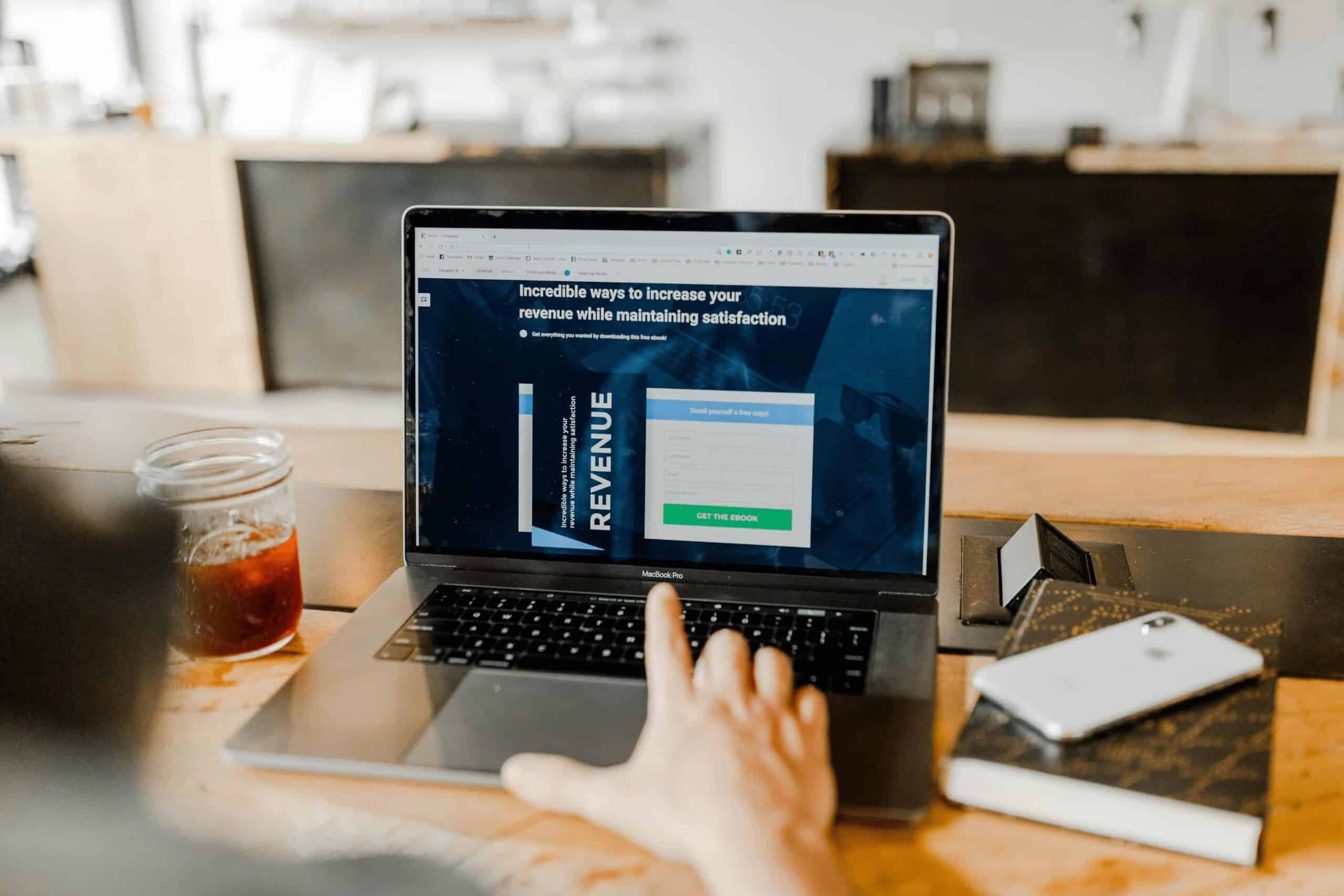Following the steps necessary in order to get your PPP loan forgiven is critical. This really boils down to 2 main requirements:
1. Spending the funds on the right things & proving your expenses
2. The funds from the PPP are eligible to be used for the following purposes:
- Payroll—salary, wage, vacation, parental, family, medical, or sick leave, health benefits
- Mortgage interest—as long as the mortgage was signed before February 15, 2020
- Rent—as long as the lease agreement was in effect before February 15, 2020
- Utilities—as long as service began before February 15, 2020
Expenses falling under those categories are eligible for forgiveness. Any expense outside of those areas won’t be eligible for forgiveness.
Our checklist will help you make sure you’re on track to have your loan forgiven!
1. Eight weeks of coverage
Eligible expenses are those that are incurred over eight weeks, starting from the day the first payment was made by your lender. This is not necessarily the date on which you signed your loan agreement.
Depending on your payroll schedule, you may want to adjust the timing of your payroll date to accommodate as many payroll cycles as possible.
For example, if your PPP loan gets deposited in your bank account on April 15, you could only use the funds on expenses incurred during the eight weeks following April 15.
2. The 75/25 rule
At least 75% of your loan has to be used for payroll costs. Payments to independent contractors cannot be included in the payroll costs.
3. Staffing requirements
You must maintain the number of employees on your payroll.
You can use this calculation to determine if you’ve met the requirement:
First, determine the average number of full-time equivalent employees you had for:
- The 8-week period following your initial loan disbursement, (A)
- February 15, 2019, to June 30, 2019, (B1)
- and January 1, 2020, to February 29, 2020. (B2)
Take A and divide that by B1. Do the same with B2. Take the largest number you obtain. If you’re a seasonal employer, you must divide by B1.
- Got a number equal to or larger than 1? Then you successfully maintained your headcount and meet this requirement.
- Got a number smaller than 1? Then you did not maintain your headcount and your forgivable expenses will be reduced proportionately.
**A new exemption on re-hiring employees**
Employees who were laid off or put on furlough may not wish to be rehired onto the payroll. If the employee declines your re-employment offer, you may be allowed to exclude this employee when calculating forgiveness. To qualify for this exemption, you must
- Have made a written offer to rehire in good faith
- Offered to rehire for the same salary/wage and number of hours as before they were laid off
- Documentation of the employee’s rejection of the offer
Note that employees who reject offers for re-employment may no longer be eligible for continued unemployment benefits.
4. Pay requirements
You must maintain at least 75% of the total salary.
This requirement will be individually evaluated for every employee that didn’t receive more than $100,000 in annualized pay in 2019.
If the employee’s pay over the 8 weeks is less than 75% of the pay they received during the most recent quarter in which they were employed, the eligible amount for forgiveness will be reduced by the difference between their current pay and 75% of the original payment.
5. Rehiring grace period
You can rehire any employees/staff that were laid off or put on leave and reinstate any pay that was reduced by more than 25% to meet the conditions for forgiveness. June 30th is the deadline to do so.
If your 8 week forgiveness period ends before June 30, we believe you can still use the grace period if you reinstate headcount and/or pay. Just be sure to apply for forgiveness after June 30.
Reductions in your forgiveness amount (examples)
Spending your PPP funds on the right things is straightforward enough. But things get more complicated when you don’t keep your headcount and employee pay levels the same.
Headcount reduction
Let’s say you have three employees and they each made $3,000 per month, meaning your PPP loan amount was $22,500 (3000 x 2.5). You had to lay them off in February due to COVID-19.
If you only hire back two out of the three employees, your workforce is 67% (two thirds) of your original headcount.
Over the 8 weeks of the PPP period, you spend $12,000 on your employees and all your remaining funds on eligible expenses. However, non-payroll expenses are limited to 25% of the loan amount ($5,625). So $17,625 is eligible for forgiveness, not the full $22,500.
Furthermore, when it comes to calculating your forgivable amount because your workforce is smaller, your forgivable amount is multiplied by 0.67. You would be able to have $11,808.75 forgiven.
Pay reduction
Say you have three employees and they each made $3,000 per month, meaning your PPP loan amount was $22,500 (3000 x 2.5). You had to lay them off in February due to COVID-19.
You hire back all three of your employees, but you only pay them $2,000 a month.
Over the eight weeks of the PPP period, you spend $12,000 on your employees and all your remaining funds on eligible expenses. However, non-payroll expenses are limited to 25% of the loan amount ($5,625). So $17,625 is eligible for forgiveness, not the full $22,500.
When it comes to calculating your forgivable amount, we look at each employee’s individual compensation. The 75% minimum salary is $2,250, so you’re paying each person $250 less than that. $250 would be deducted from the forgivable amount. Repeating that for each employee would result in a total of $16,825 forgiven.
Forgiveness for self-employed individuals
You are entitled to use the PPP loan to replace lost compensation due to the impacts of COVID-19. However, you are not entitled to use the full amount to replace pay. 8 weeks’ worth of your 2019 net profit will be eligible for forgiveness.
If you have mortgage interest, rent, or utility expenses, you must have claimed or be entitled to claim a deduction for those expenses on your 2019 Form 1040 Schedule C in order to claim them for forgiveness.
For example, if you worked in an office space in 2019 and didn’t have a home office, you couldn’t claim a deduction on your home mortgage interest. Even if you are currently working at home now, you are not eligible to claim home mortgage interest payments for forgiveness.
After the 8 weeks: apply for loan forgiveness
Applications for loan forgiveness will be processed by your lender. They will give you instructions regarding where to apply
After you have submitted your application for forgiveness, it is required by law that your lender provides a response within 60 days.
Recordkeeping & document requirements for forgiveness
These are the required documents you will need to collect to provide with your PPP forgiveness application. Your lender may also have additional requirements.
- Documents verifying the number of full-time equivalent employees on payroll and their pay rates, for the periods used to verify you met the staffing and pay requirements:
- Payroll Reports From Payroll Provider
- Payroll tax filings (Form 941)
- Income, payroll, and unemployment insurance filings from your state
- Documents verifying any retirement and health insurance contributions
- Documents that verify your eligible interest, rent, and utility payments (canceled checks, payment receipts, account statements)
If you’re a sole proprietor, you can have eight weeks of the loan forgiven as a replacement for lost profit. But you’ll need to provide documentation for the remaining two weeks’ worth of cash flow, proving you spent it on mortgage interest, rent, lease, & utility payments.
Good recordkeeping and bookkeeping will be critical for getting your loan forgiven—you’ll need to keep track of eligible expenses and their accompanying documentation over the eight weeks.
Make sure to keep digital copies of all your documents.
If you don’t have a reliable bookkeeping solution in place, Bsm can handle your bookkeeping for you… Learn more.
What happens if my loan forgiveness application is not approved?
Your lender may allow you to provide additional documentation so they can reevaluate your request.
Otherwise, your outstanding balance will continue to accrue interest at 1%, for the remainder of the 2-year period.
There is no prepayment penalty. You can pay off the remaining balance at any time with no additional fees.
Frequently asked questions
Can PPP expenses be forgiven and deducted from my taxes?
No. All expenses claimed for forgiveness under the PPP cannot then be deducted from your expenses. A forgivable PPP loan is already tax-free, so the IRS wants to prevent individuals from getting free money from the same source twice.
Can I prepay my rent or mortgage?
No, prepayment is not an allowed use of PPP and is not eligible for forgiveness.
What counts as mortgage interest?
Any interest paid on a mortgage on a property used for business purposes is an eligible expense that the PPP can be used for, and qualifies for forgiveness.
Acceptable examples:
- Mortgage interest on a property you own to store business equipment
- Car loan interest on a car you own to make business-related deliveries
How is 8 weeks of net profit from 2019 calculated?
Your net profit that was reported on your Form 1040 Schedule C is multiplied by 8/52.
Need help getting your PPP loan forgiven? Talk to an expert!





